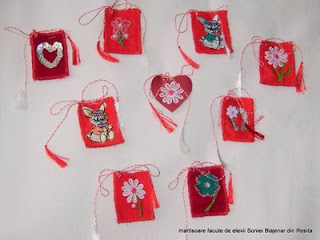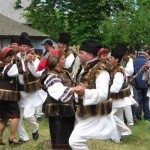The Polish team has prepared an anthem for our project. Please read and learn it by heart so that we could sing it together when we meet soon. The music for the song is being prepared and soon it will be published here, too.
Chorus
We Ethno Treasure Hunters
The beautiful mix of cultures
We are looking for treasures
For us these are pleasures
1.
The whole Europe acts as one
Showing lots of tolerance
We search for friend in everyone
Giving you and me a chance
Chorus
We Ethno Treasure Hunters
The beautiful mix of cultures
We are looking for treasures
For us these are pleasures
2.
We discover traditions
Teaching positive reactions
Experience new sensations
Don’t accept limitations
Chorus
We Ethno Treasure Hunters
The beautiful mix of cultures
We are looking for treasures
For us these are pleasures
Chorus
We Ethno Treasure Hunters
The beautiful mix of cultures
We are looking for treasures
For us these are pleasures
LYRICS: students - Tomasz Lenczewski, Aleksandra Stasiak, Oliwia Ormaniec,
teachers - Joanna Wilczyńska, Izabela Marczak
MUSIC: teacher - Monika Rzepecka-Tranda














